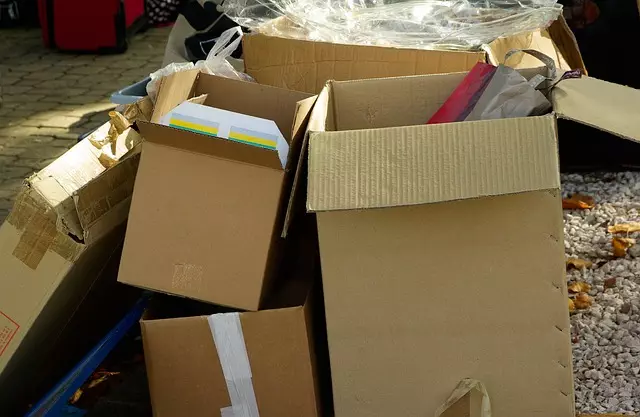Custom foam packaging is a versatile, sustainable solution for product protection during shipping. By using eco-friendly alternatives like recycled polystyrene or biodegradable polymers, businesses can enhance product integrity while reducing their environmental footprint. This approach caters to various product needs, from electronics to glassware, and aligns with sustainability goals, appealing to environmentally conscious consumers.
“Discover the revolutionary world of custom foam packaging and its role in shaping a more sustainable future. This article explores the eco-friendly foam packaging solutions that offer both environmental benefits and superior product protection. From protective foam packaging for diverse products to implementation strategies for businesses, we delve into the advantages and best practices. Learn how these innovative materials contribute to a greener landscape, without compromising quality or performance.”
- Understanding Custom Foam Packaging: Its Role and Benefits
- The Environmental Impact of Eco-friendly Foam Packaging Solutions
- Designing Protective Foam Packaging for Various Products
- Implementation Strategies for Businesses: Adopting Sustainable Foam Packaging Practices
Understanding Custom Foam Packaging: Its Role and Benefits
The Environmental Impact of Eco-friendly Foam Packaging Solutions
Designing Protective Foam Packaging for Various Products
Designing custom foam packaging for different products requires a deep understanding of the item’s needs and the environmental impact of the chosen materials. Eco-friendly foam packaging, made from sustainable resources like recycled polystyrene or biodegradable polymers, offers an excellent solution. It provides exceptional protection during transit by conforming to irregular shapes and absorbing shock, ensuring fragile items arrive intact.
For example, protective foam packaging designed for electronics should include cut-to-fit inserts that not only secure the device but also allow easy access for unboxing. In contrast, packaging for glassware demands a softer, more compressible foam to prevent breakage. The versatility of custom foam solutions allows businesses to meet diverse product protection needs while contributing to a greener future by reducing waste and utilizing renewable resources.
Implementation Strategies for Businesses: Adopting Sustainable Foam Packaging Practices
Many businesses are recognizing the environmental impact of traditional foam packaging and are taking steps to adopt more sustainable practices. Implementing eco-friendly alternatives, such as custom foam packaging made from recycled materials, is a significant strategy for reducing waste and carbon footprint. By partnering with suppliers who specialize in protective foam packaging that can be reused or easily recycled, companies can ensure their packaging choices align with sustainability goals.
Additionally, businesses should consider the design of their packaging to maximize recyclability and minimize material use. Optimizing product shapes and using minimal foams can reduce the environmental burden further. Implementing these strategies not only supports a greener planet but also enhances brand image as environmentally conscious consumers increasingly prefer eco-friendly products and practices.
Custom foam packaging, with its versatility and ability to offer tailored protection, is a game-changer in product transportation. As businesses strive for sustainability, eco-friendly foam packaging solutions provide an environmentally conscious alternative without compromising strength. By designing protective foam packaging specific to various products, companies can reduce waste, minimize damage during transit, and contribute to a greener future. Implementing these sustainable practices not only benefits the planet but also enhances brand image among eco-conscious consumers.


